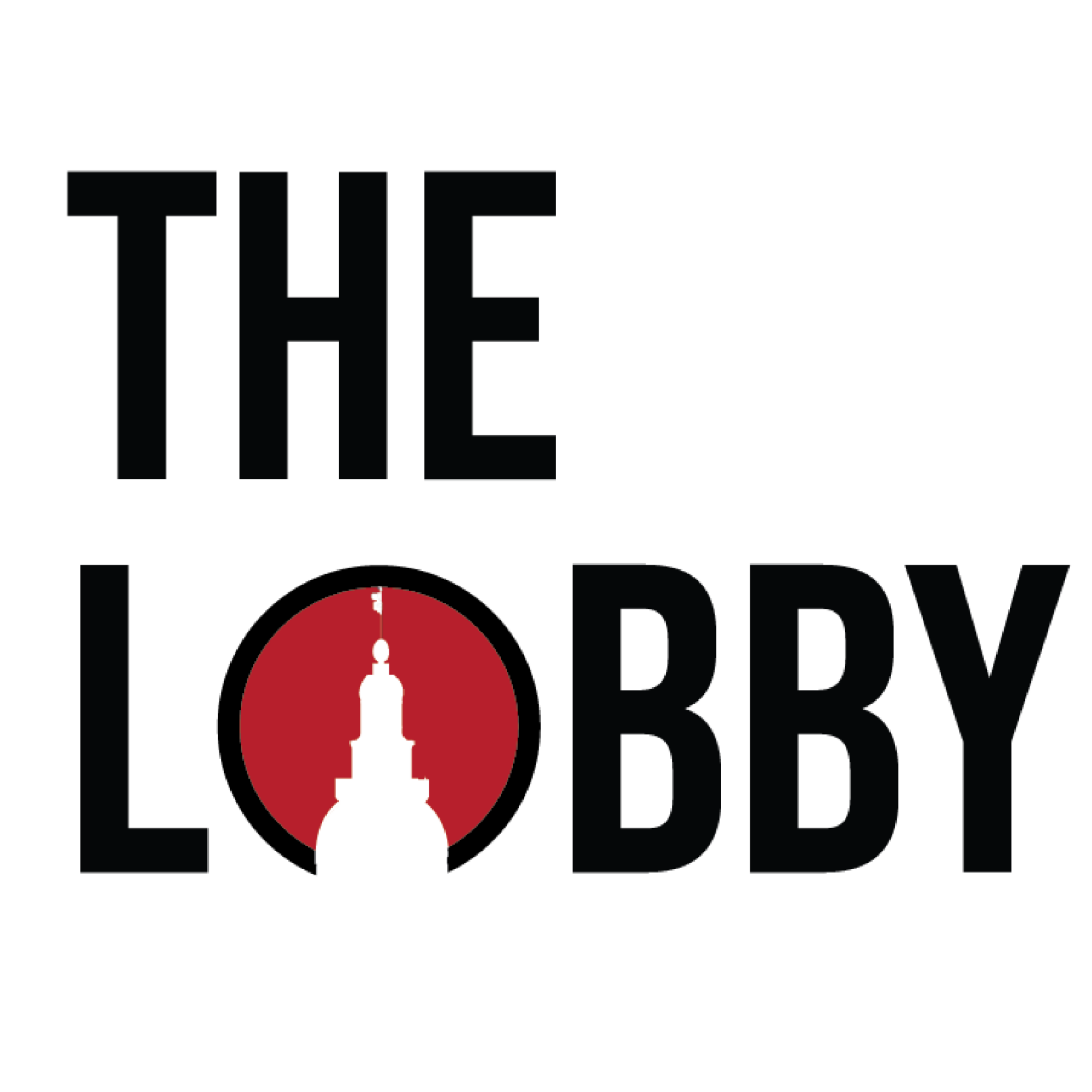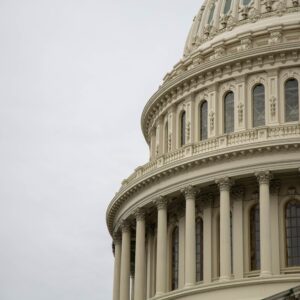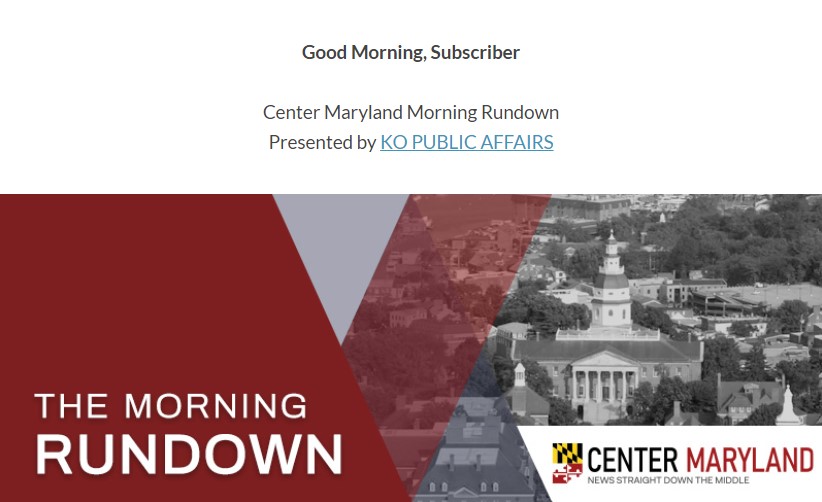Maryland 2024 primary: How close is the race between Alsobrooks and Trone? Who’s leading in the crowded 6th District?
Early voting in Maryland’s closely watched primary starts Thursday. The state’s board of elections reported that more than 600,000 voters have requested mail-in ballots for the May 14 primary with the expectation that this presidential primary election could be the highest-counted mail-in ballots in the state’s history aside from 2020. There are a number of races that voters are watching, including those for congressional and Senate seats in Maryland.







